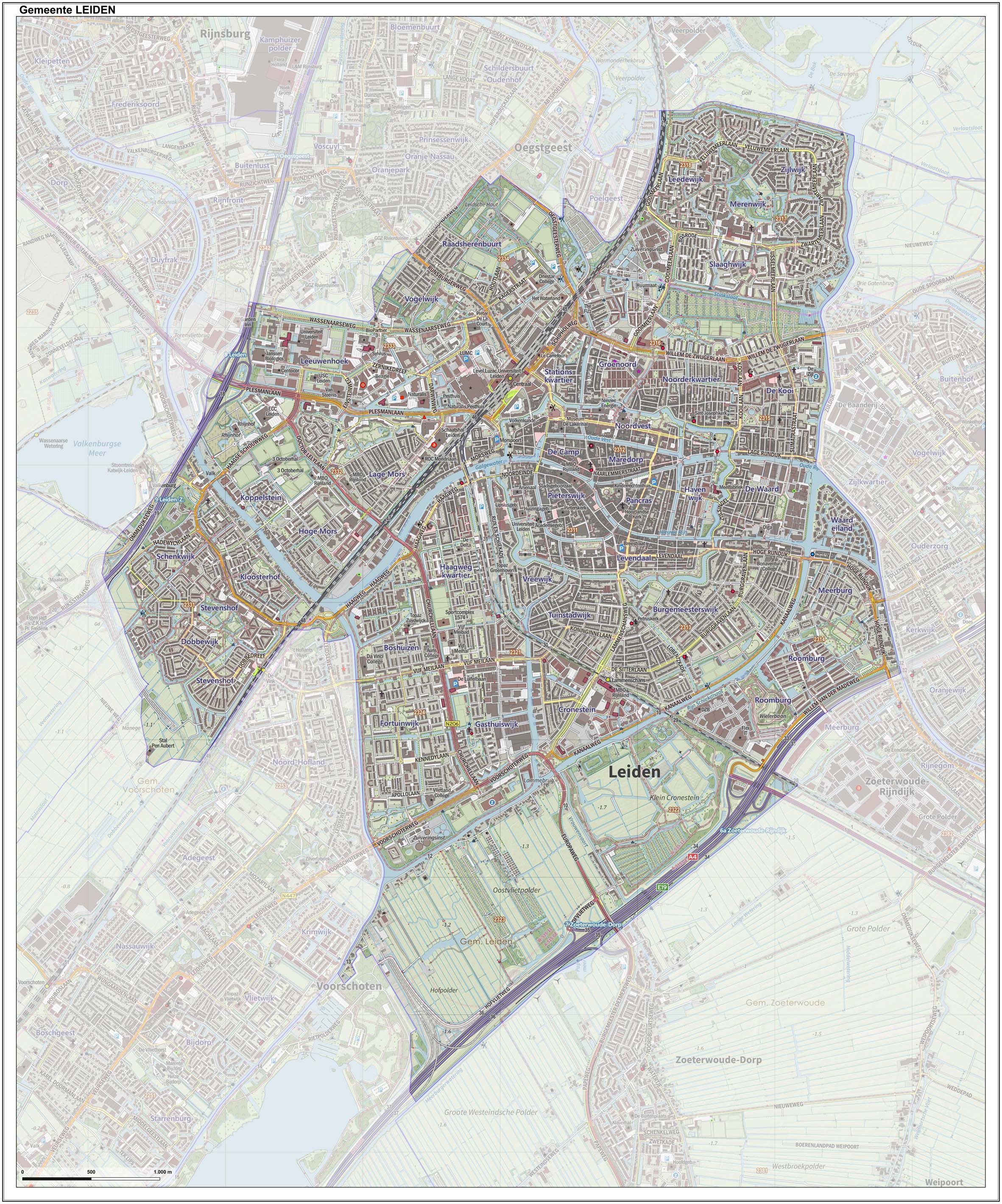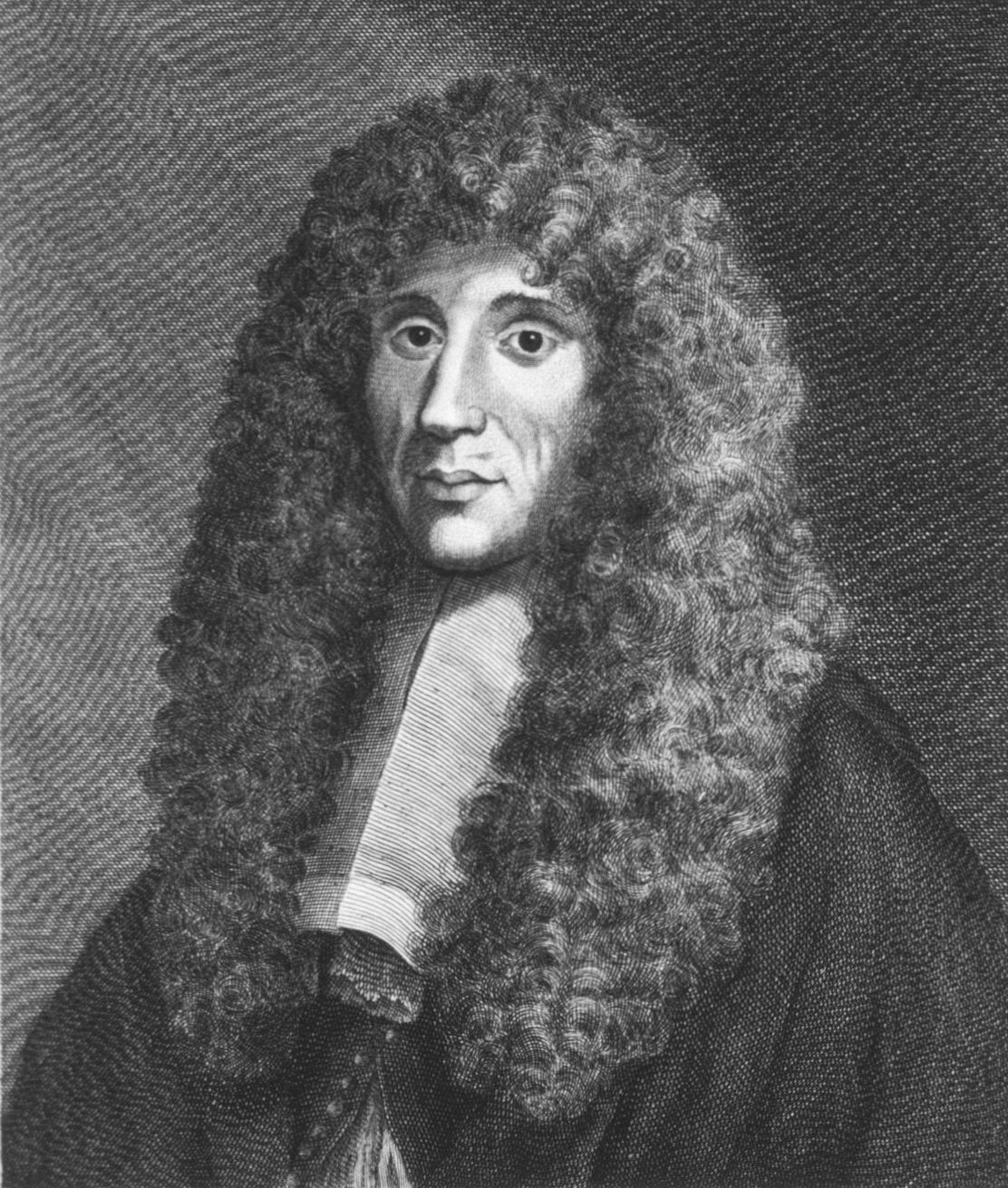|
Van Heuraët
Hendrik van Heuraet (1633, Haarlem - 1660?, Leiden) was a Dutch mathematician also known as Henrici van Heuraet. He is noted as one of the founders of the integral, and author of ''Epistola de Transmutatione Curvarum Linearum in Rectus'' 'On the Transformation of Curves into Straight Lines''(1659). Frank J. Swetz, Victor J. Katz, Mathematical Association of America (maa.org) Accessed: 10-13-2016 From 1653 he studied at where he interacted with [...More Info...] [...Related Items...] OR: [Wikipedia] [Google] [Baidu] |
Haarlem
Haarlem (; predecessor of ''Harlem'' in English) is a city and municipality in the Netherlands. It is the capital of the province of North Holland. Haarlem is situated at the northern edge of the Randstad, one of the most populated metropolitan areas in Europe; it is also part of the Amsterdam metropolitan area, being located about 15 km to the west of the core city of Amsterdam. Haarlem had a population of in . Haarlem was granted city status or '' stadsrechten'' in 1245, although the first city walls were not built until 1270. The modern city encompasses the former municipality of Schoten as well as parts that previously belonged to Bloemendaal and Heemstede. Apart from the city, the municipality of Haarlem also includes the western part of the village of Spaarndam. Newer sections of Spaarndam lie within the neighbouring municipality of Haarlemmermeer. Geography Haarlem is located on the river Spaarne, giving it its nickname 'Spaarnestad' (Spaarne city). It is ... [...More Info...] [...Related Items...] OR: [Wikipedia] [Google] [Baidu] |
Leiden
Leiden (; in English and archaic Dutch also Leyden) is a city and municipality in the province of South Holland, Netherlands. The municipality of Leiden has a population of 119,713, but the city forms one densely connected agglomeration with its suburbs Oegstgeest, Leiderdorp, Voorschoten and Zoeterwoude with 206,647 inhabitants. The Netherlands Central Bureau of Statistics (CBS) further includes Katwijk in the agglomeration which makes the total population of the Leiden urban agglomeration 270,879, and in the larger Leiden urban area also Teylingen, Noordwijk, and Noordwijkerhout are included with in total 348,868 inhabitants. Leiden is located on the Oude Rijn, at a distance of some from The Hague to its south and some from Amsterdam to its north. The recreational area of the Kaag Lakes ( Kagerplassen) lies just to the northeast of Leiden. A university city since 1575, Leiden has been one of Europe's most prominent scientific centres for more than four centuri ... [...More Info...] [...Related Items...] OR: [Wikipedia] [Google] [Baidu] |
Mathematician
A mathematician is someone who uses an extensive knowledge of mathematics in their work, typically to solve mathematical problems. Mathematicians are concerned with numbers, data, quantity, mathematical structure, structure, space, Mathematical model, models, and mathematics#Calculus and analysis, change. History One of the earliest known mathematicians were Thales of Miletus (c. 624–c.546 BC); he has been hailed as the first true mathematician and the first known individual to whom a mathematical discovery has been attributed. He is credited with the first use of deductive reasoning applied to geometry, by deriving four corollaries to Thales' Theorem. The number of known mathematicians grew when Pythagoras of Samos (c. 582–c. 507 BC) established the Pythagoreans, Pythagorean School, whose doctrine it was that mathematics ruled the universe and whose motto was "All is number". It was the Pythagoreans who coined the term "mathematics", and with whom the study of mathemat ... [...More Info...] [...Related Items...] OR: [Wikipedia] [Google] [Baidu] |
Integral
In mathematics, an integral assigns numbers to functions in a way that describes displacement, area, volume, and other concepts that arise by combining infinitesimal data. The process of finding integrals is called integration. Along with differentiation, integration is a fundamental, essential operation of calculus,Integral calculus is a very well established mathematical discipline for which there are many sources. See and , for example. and serves as a tool to solve problems in mathematics and physics involving the area of an arbitrary shape, the length of a curve, and the volume of a solid, among others. The integrals enumerated here are those termed definite integrals, which can be interpreted as the signed area of the region in the plane that is bounded by the graph of a given function between two points in the real line. Conventionally, areas above the horizontal axis of the plane are positive while areas below are negative. Integrals also refer to the concept of ... [...More Info...] [...Related Items...] OR: [Wikipedia] [Google] [Baidu] |
Leiden University
Leiden University (abbreviated as ''LEI''; nl, Universiteit Leiden) is a public research university in Leiden, Netherlands. The university was founded as a Protestant university in 1575 by William, Prince of Orange, as a reward to the city of Leiden for its defence against Spanish attacks during the Eighty Years' War. As the oldest institution of higher education in the Netherlands, it enjoys a reputation across Europe and the world. Known for its historic foundations and emphasis on the social sciences, the university came into particular prominence during the Dutch Golden Age, when scholars from around Europe were attracted to the Dutch Republic due to its climate of intellectual tolerance and Leiden's international reputation. During this time, Leiden became the home to individuals such as René Descartes, Rembrandt, Christiaan Huygens, Hugo Grotius, Baruch Spinoza and Baron d'Holbach. The university has seven academic faculties and over fifty subject departments w ... [...More Info...] [...Related Items...] OR: [Wikipedia] [Google] [Baidu] |
Johannes Hudde
Johannes (van Waveren) Hudde (23 April 1628 – 15 April 1704) was a burgomaster (mayor) of Amsterdam between 1672 – 1703, a mathematician and governor of the Dutch East India Company. As a "burgemeester" of Amsterdam he ordered that the city canals should be flushed at high tide and that the polluted water of the town "secreten" should be diverted to pits outside the town instead of into the canals. He also promoted hygiene in and around the town's water supply. "Hudde's stones" were marker stones that were used to mark the summer high water level at several points in the city. They later were the foundation for the " NAP", the now Europe-wide system for measuring water levels.J.P.M KwaaHet Normal Amsterdam Peil (NAP)(Dutch) Mathematical work Hudde studied law at the University of Leiden, but turned to mathematics under the influence of his teacher Frans van Schooten. From 1654 to 1663 he worked under van Schooten. ''La Géométrie'' (1637) by René Descartes provi ... [...More Info...] [...Related Items...] OR: [Wikipedia] [Google] [Baidu] |
Christiaan Huygens
Christiaan Huygens, Lord of Zeelhem, ( , , ; also spelled Huyghens; la, Hugenius; 14 April 1629 – 8 July 1695) was a Dutch mathematician, physicist, engineer, astronomer, and inventor, who is regarded as one of the greatest scientists of all time and a major figure in the Scientific Revolution. In physics, Huygens made groundbreaking contributions in optics and mechanics, while as an astronomer he is chiefly known for his studies of the rings of Saturn and the discovery of its moon Titan. As an engineer and inventor, he improved the design of telescopes and invented the pendulum clock, a breakthrough in timekeeping and the most accurate timekeeper for almost 300 years. An exceptionally talented mathematician and physicist, Huygens was the first to idealize a physical problem by a set of mathematical parameters, and the first to fully mathematize a mechanistic explanation of an unobservable physical phenomenon.Dijksterhuis, F.J. (2008) Stevin, Huygens and the Dutch ... [...More Info...] [...Related Items...] OR: [Wikipedia] [Google] [Baidu] |
Saumur
Saumur () is a commune in the Maine-et-Loire department in western France. The town is located between the Loire and Thouet rivers, and is surrounded by the vineyards of Saumur itself, Chinon, Bourgueil, Coteaux du Layon, etc.. Saumur station has rail connections to Tours, Angers, La Roche-sur-Yon and Nantes. Toponymy First attested in the Medieval Latin form of ''Salmuri'' in 968 AD, the origin of the name is obscure. Albert Dauzat hypothesized a pre-Celtic unattested element ''*sala'' 'marshy ground' (''cf.'' Celtic ''salm'' 'which jumps and flows'), followed by another unattested element meaning "wall". Many places in Europe seem to contain ''*Sal(m)-'' elements, which may share Old European roots. History The Dolmen de Bagneux on the south of the town, is 23 meters long and is built from 15 large slabs of the local stone, weighing over 500 tons. It is the largest in France. The Château de Saumur was constructed in the 10th century to protect the Loire River c ... [...More Info...] [...Related Items...] OR: [Wikipedia] [Google] [Baidu] |
Physician
A physician (American English), medical practitioner (Commonwealth English), medical doctor, or simply doctor, is a health professional who practices medicine, which is concerned with promoting, maintaining or restoring health through the study, diagnosis, prognosis and treatment of disease, injury, and other physical and mental impairments. Physicians may focus their practice on certain disease categories, types of patients, and methods of treatment—known as specialities—or they may assume responsibility for the provision of continuing and comprehensive medical care to individuals, families, and communities—known as general practice. Medical practice properly requires both a detailed knowledge of the academic disciplines, such as anatomy and physiology, underlying diseases and their treatment—the '' science'' of medicine—and also a decent competence in its applied practice—the art or '' craft'' of medicine. Both the role of the physician and the meani ... [...More Info...] [...Related Items...] OR: [Wikipedia] [Google] [Baidu] |
1634 Births
Events January–March * January 12– After suspecting that he will be dismissed, Albrecht von Wallenstein, supreme commander of the Holy Roman Empire's Army, demands that his colonels sign a declaration of personal loyalty. * January 14– France's ''Compagnie normande'' obtains a one-year monopoly on trade with the African kingdoms in Guinea. * January 19– Charles IV, Duke of Lorraine abdicates in favor of his brother Nicholas II, who is only able to hold the throne for 75 days. * January 24– Ferdinand II, Holy Roman Emperor, signs a classified order dismissing Albrecht von Wallenstein, the supreme commander of the Imperial Army. * February 18– Emperor Ferdinand II's dismissal of Commander Wallenstein for high treason, and the order for his capture, dead or alive, is made public. * February 25– Rebel Scots and Irish soldiers assassinate Bohemian military leader Albrecht von Wallenstein at Cheb. * March 1 – The Russians v ... [...More Info...] [...Related Items...] OR: [Wikipedia] [Google] [Baidu] |
1660s Deaths
Year 166 ( CLXVI) was a common year starting on Tuesday (link will display the full calendar) of the Julian calendar. At the time, it was known as the Year of the Consulship of Pudens and Pollio (or, less frequently, year 919 ''Ab urbe condita''). The denomination 166 for this year has been used since the early medieval period, when the Anno Domini calendar era became the prevalent method in Europe for naming years. Events By place Roman Empire * Dacia is invaded by barbarians. * Conflict erupts on the Danube frontier between Rome and the Germanic tribe of the Marcomanni. * Emperor Marcus Aurelius appoints his sons Commodus and Marcus Annius Verus as co-rulers (Caesar), while he and Lucius Verus travel to Germany. * End of the war with Parthia: The Parthians leave Armenia and eastern Mesopotamia, which both become Roman protectorates. * A plague (possibly small pox) comes from the East and spreads throughout the Roman Empire, lasting for roughly twenty years. * T ... [...More Info...] [...Related Items...] OR: [Wikipedia] [Google] [Baidu] |








